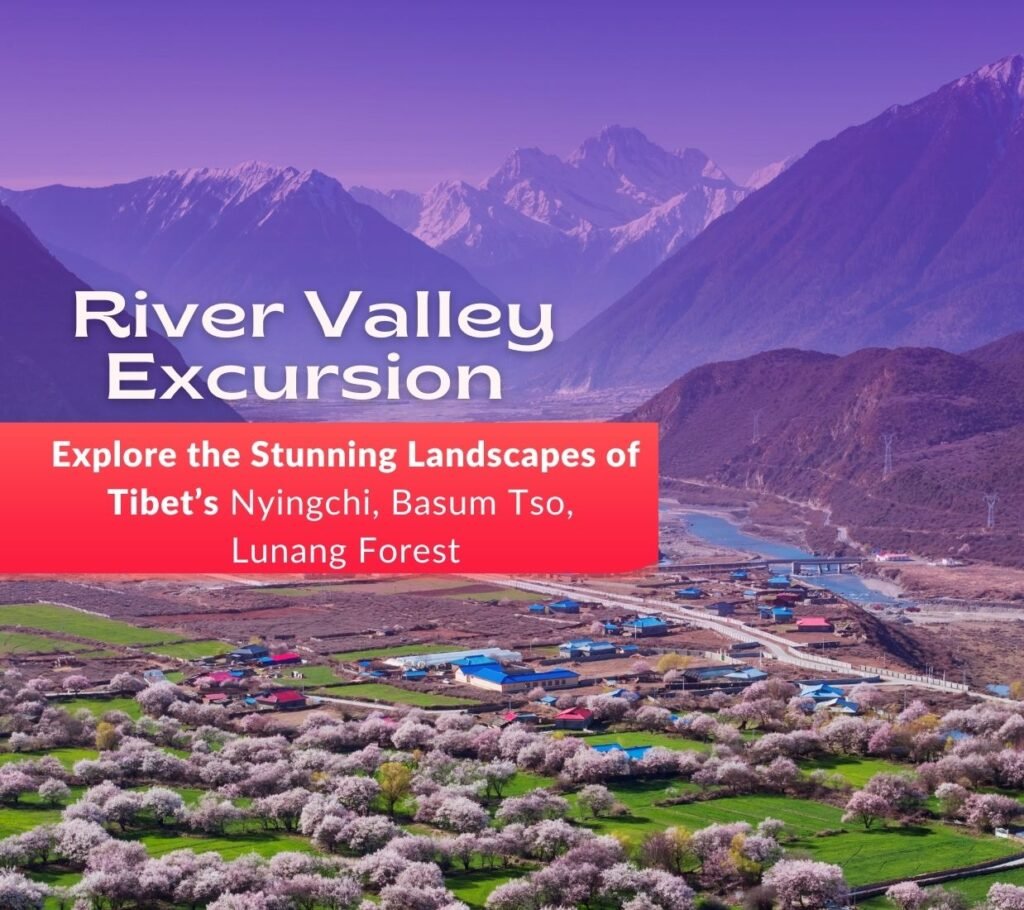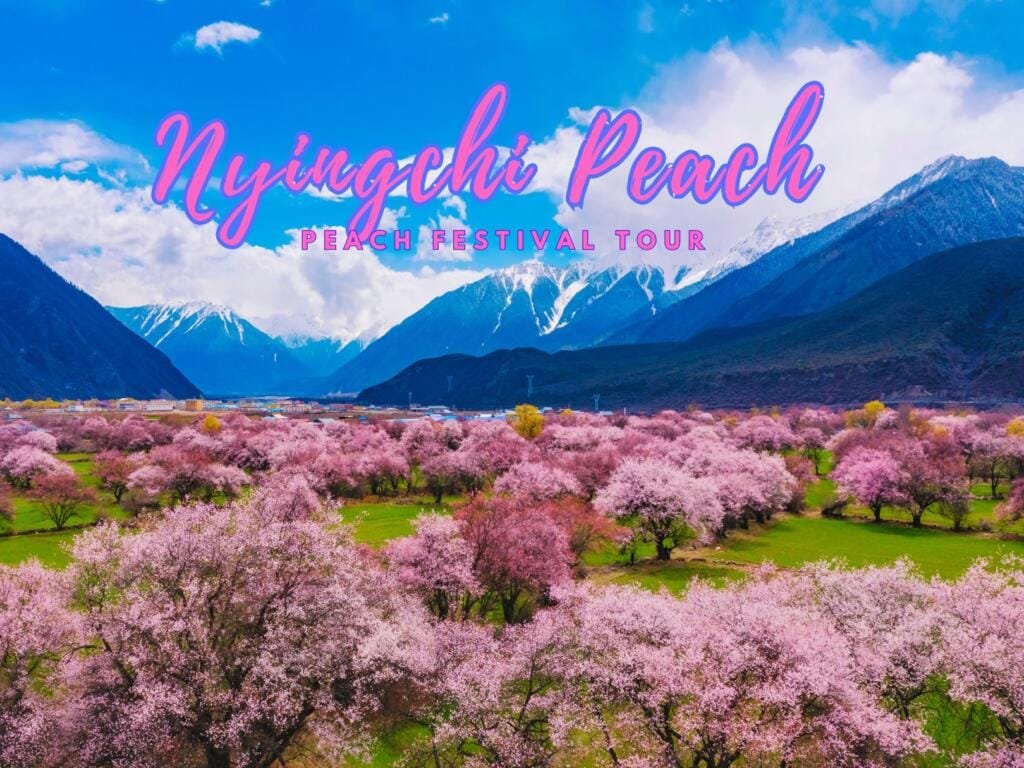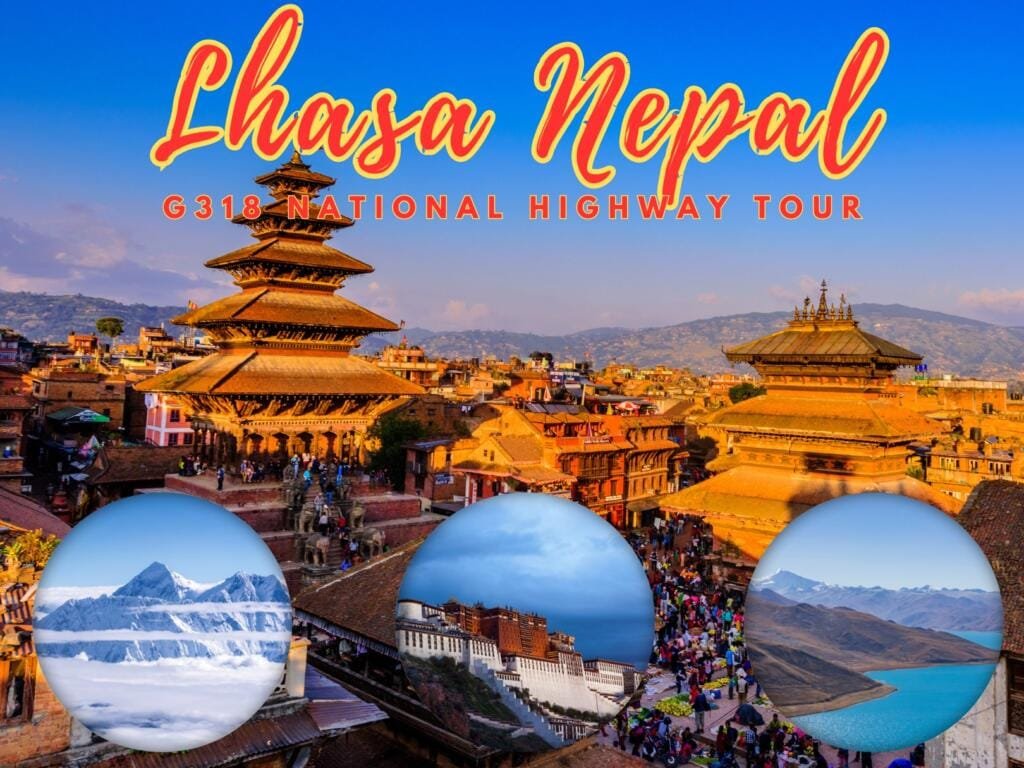Exploring the Spiritual Tapestry: A Trekking Expedition Among Tibet’s Sacred Temples
Essential Trek Details:
Distance and Altitude:
- Mileage: 9.7 kilometers
- Altitude Gain: 515 meters
- Minimum Altitude: 3632 meters
- Highest Altitude: 4178 meters
Estimated Trekking Time: 6-8 hours
Starting and Ending Points:
- Starting Point: Pabangka, situated on the Wuduori hillside in the northern suburbs
- Ending Point: Pubujue Temple, nestled on the hillside of Sera Uzi in the northern suburbs
Transportation Guide:
- Getting to Pabangka:
- Located approximately 9km from the city.
- Takes about 30 minutes by car.
- Return Trip from Pubujue Temple:
- Starting from Pubujue Temple, the return trip is about 8km to the city.
- Takes about 20 minutes by car.
- Public transportation options: Bus No. 14, No. 15, etc. are available for a convenient return to the city.
Embark on a Journey Where Every Step is a Rise in Altitude and a Nod to Spirituality. Altitude Ascent – Your Path to Peaks and Temples Awaits!
Nestled on the foothills of the Sera Wuzi Mountains, the renowned Sera Monastery stands as a testament to Tibet’s rich spiritual heritage. Serving as a revered space for eminent monks and living Buddhas to impart wisdom through lectures and talks, this ancient site has become a household name in Lhasa. A constant flow of tourists and believers throughout the year seeks solace and enlightenment within its walls. The allure of Sera Monastery extends beyond its own sacred confines, with several surrounding temples such as Pabongka, Tashi Chulin, Chusang, and Phurchok, forming a spiritual trail that beckons the intrepid adventurer.
Planning the Trek: Gear Up for Spiritual Exploration
Gathering at either the General Hospital Station or Sera Monastery at 9 o’clock, participants embark on a trek that demands careful planning. The winter morning temperature, though bracing, adds a layer of complexity to the expedition. Hence, gloves, windproof clothing, sturdy hiking or trekking shoes, hats, masks, a packed lunch, water, and adequate insulation cannot be overstated.
Pabongka Temple: A Glimpse into Tibet’s Past
The trek commences gradually, leading away from the main road into an alley flanked by Tibetan-style houses. Passing through villages, the distant Pabongka Temple emerges, a thousand-year-old structure steeped in historical legends and cultural relics. Initially constructed for Songtsen Gampo, it is often considered the first palace in Lhasa. The temple houses the first six-character mantra “Om, Ma, Ne, Ba, Mi, Hum,” a sacred testament to its significance.
Tashi Chuling Temple: Auspicious Lands of Dharma
Continuing along the path on the right side of Pabongka, the trek reaches Tashi Chulin Temple, translating to the “Auspicious Land of Dharma.” Offering panoramic views of Phabongka Temple and the Phabongka Heaven Burial Platform, Tashi Chulin Temple provides a serene respite. The temple’s surroundings, less traversed by visitors, contribute to a peaceful encounter with spirituality amidst the heights.
Ani Gomba Practice Site: A Haven for Devotion
The journey ascends to the Ani Gomba Practice Site, a Bhikkhuni temple teeming with life. The panoramic view from this spiritual vantage point overlooks the city of Lhasa and offers a moment of respite. The surrounding mountainside, dotted with yaks and adorned with prayer flags, provides a serene backdrop for reflection.

Ascend Beyond Ordinary Trails and trek to Sera Monastery, Where Ancient Wisdom Meets Mountain Majesty!
Jianggula to Phurchok: The Peak Experience
Jianggula marks a pivotal point in the trek, offering a breathtaking panoramic view of Lhasa. The descent from this summit leads to Phurchok Temple, a sacred site with a legend tied to the Vajra prong of the Indian patriarch Dacha. The descent, while challenging, follows established routes, ensuring safety amid the spiritual descent.
Homeward Bound with Spiritual Echoes
As the expedition concludes at Phurchok Temple, the descent along the main road serves as a reflective journey through the spiritual narratives woven into the fabric of each temple visited. The drive back home from Duodi Township encapsulates the echoes of sacred teachings, breathtaking vistas, and the spiritual tapestry that paints the highlands of Tibet. The trek becomes not just a physical journey but a soulful exploration of the rich cultural and spiritual heritage that graces this sacred landscape.
Highland Hiking in Tibet: Essential Tips for an Unforgettable Adventure
Travel Tips for Beishan Hiking in Tibet:
- Dress the Part:
- Wear a sun hat and sun protection to shield yourself from the high-altitude sun.
- Opt for breathable clothing that can efficiently wick away sweat.
- Choose sturdy hiking shoes for comfort and stability on varying terrains.
- Hydration is Key:
- Bring ample drinking water and replenishing drinks for the duration of your journey.
- High altitudes can lead to increased dehydration, so staying well-hydrated is crucial for your well-being.
- Fuel Your Adventure:
- As the climb may take a considerable amount of time, pack enough road meals or snacks for sustenance.
- Replenish your energy levels with a hearty mountain lunch during the climb.
- Hang Prayer Flags with Respect:
- Consider hanging prayer flags at the mountain’s summit for a meaningful experience.
- Purchase prayer flags in advance and familiarize yourself with the proper etiquette for hanging them.
- Respect Local Customs:
- While ascending the mountain, adhere to Tibetan taboos and customs.
- Be considerate of local beliefs and avoid actions that may disrupt or cause inconvenience to believers.
- Time Management Matters:
- The entire journey is estimated to take 6-8 hours, so plan your time according to your physical condition.
- Ensure you reach the foot of the mountain before nightfall, prioritizing safety and a seamless experience.
Embark on your Beishan Hiking adventure with confidence, armed with these essential travel tips. From practical considerations to cultural sensitivities, let this guide enhance your journey through the breathtaking landscapes and sacred peaks of the Tibetan Highlands.




